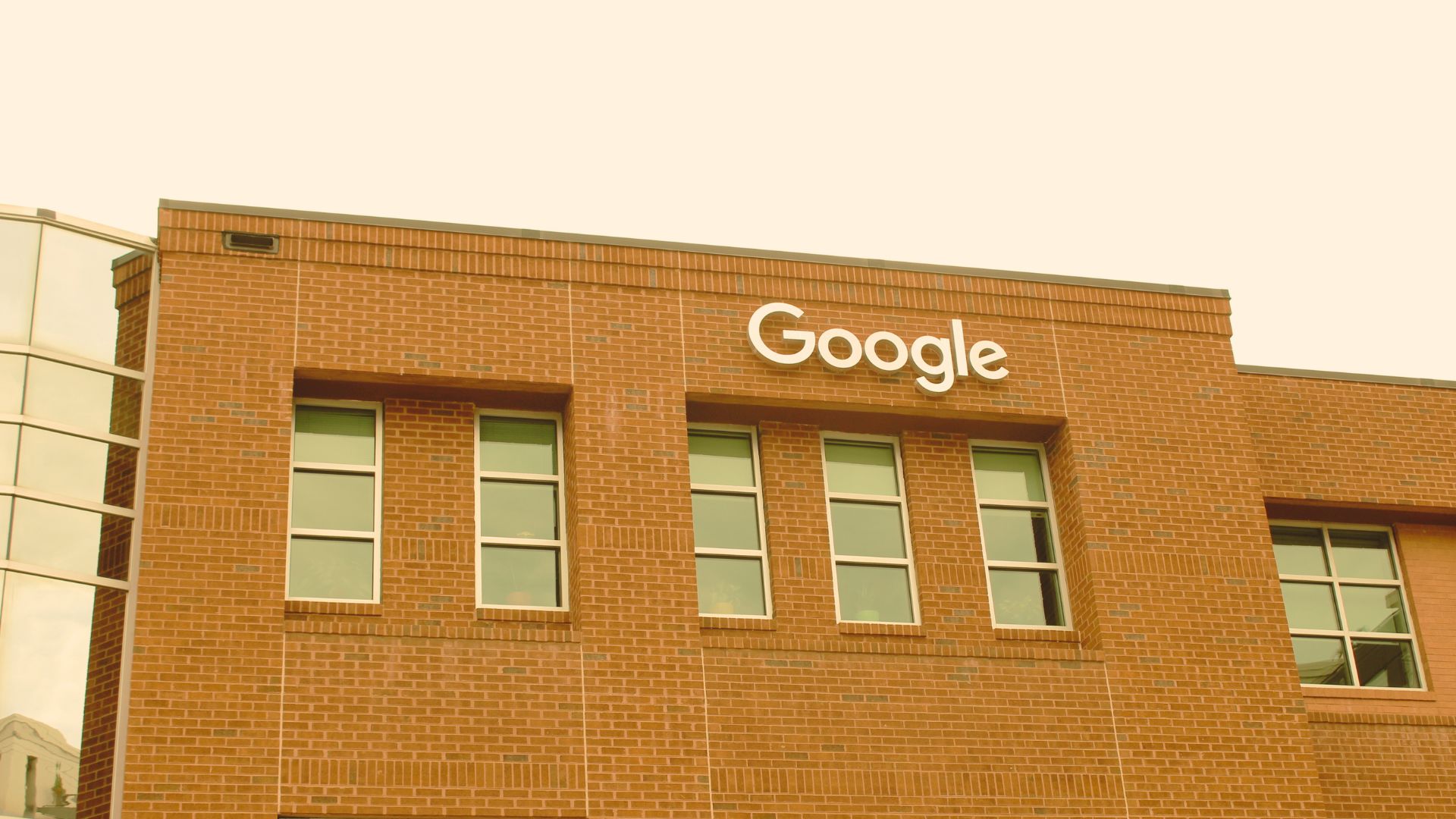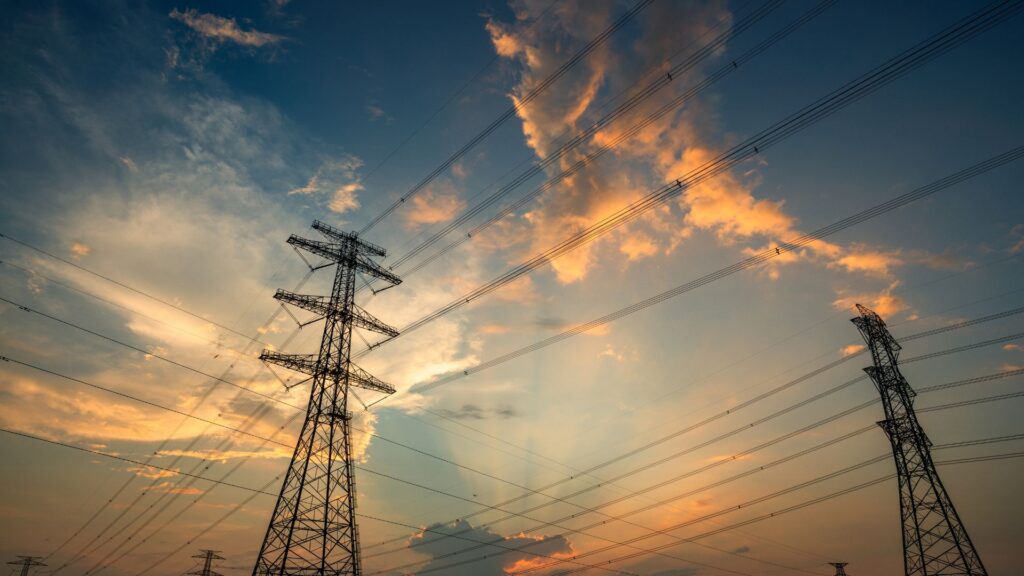Google stated that the power-hungry nature of AI causes side effects of a global nature.

Image Source: Google
The rise of artificial intelligence (AI) has made life easier for humanity. People can now rely on AI to finish specific tasks like making logo designs that people usually need to do in hours or even days or gather information through social media using LlaMa AI from Meta or ChatGPT from OpenAI.
However, AI requires massive electricity to run the system, and soon, the earth will run out of fossil fuels. Many experts suggest Google to find renewable sources immediately or reduce the emissions.
ChatGPT requests used almost 10x more power than simple Google searches.
The computing system in ChatGPT isn’t the same as simple Google searches. One Google search only needs 0.3 watt-hours of electricity on average, while one request of ChatGPT usually requires 2.9 watt-hours of electricity. Considering billions of people use ChatGPT frequently (around 9 billion ChatGPT requests per day), Google may need more than 10 terawatts of electricity/year. This yearly electricity still excludes other AI from companies like Apple, Meta, Windows, etc. If this keeps happening without any change, the amount of electricity may be doubled in the next few years.
Improved AI = More Electricity?
Undoubtedly, the more complex computing system in AI also means higher electricity usage to maintain AI. For example, the updated version of Meta AI called LlaMa 3 can bring 8x more datasets on 15 trillion tokens, compared to LlaMa 2, which can bring only 2 trillion tokens. Still, they need two clusters with 24,000 GPUs to run LlaMa 3 smoothly, which means more electricity consumption.
However, this also depends on how optimized their data centers are. Newer models have better energy efficiency but still deliver the same performance or even surpass the predecessors. Before the surge of AI, Google used unoptimized TPUs (Tensor Processing Units) with P100s model from 2017. However, they’re slowly using more optimized TPUs, and in 2021, Google managed to reduce energy consumption by 13.7x by using TPU v4. This energy-saving not only saves Google from expenses, but they’re also able to focus more on improving Google Gemini AI.
AI also needs water….. To prevent data centers from overheating.
Yes, AI doesn’t only need massive electricity, but AI also needs water as the coolant. Without water, the data center might suffer overheating issues, shortening the hardware’s life usage. In the worst case, it might cause fire accidents that will cause massive losses.
Data center is vital for training and computing on AI models like Google’s Gemini and OpenAI’s GPT-4, which runs the ChatGPT chatbot.
According to The Guardian, AI requires up to 6.6bn cubic metres of water by 2027, and this amount could go higher than this if more people keep using AI repeatedly.
Google saw this issue, and this year, Google managed to replenish 18% of water usage. This achievement is considered large, as Google only replenished 6% of water usage last year.
Google is currently working hard to reach NET ZERO ELECTRICITY.
Google stated they were currently working hard to reach net zero electricity in data centers by 2030, despite the struggles and challenges they’re currently facing.
Google’s data centers are spread across the world. So far, the data centers in America and Europe are using carbon-free sources as the core energy. However, on other continents like the Middle East, Asia, and Australia, they still use less carbon-free energy. Even so, Google said 2/3 of their energy came from carbon-free sources.
Closing Words
AI requires more energy than people ever thought. Still, with more optimization and dedication, they managed to reduce electricity usage and even tried to maximize renewable sources for a better future. AI might be an issue of global nature, but big companies are still trying hard to solve that problem.

